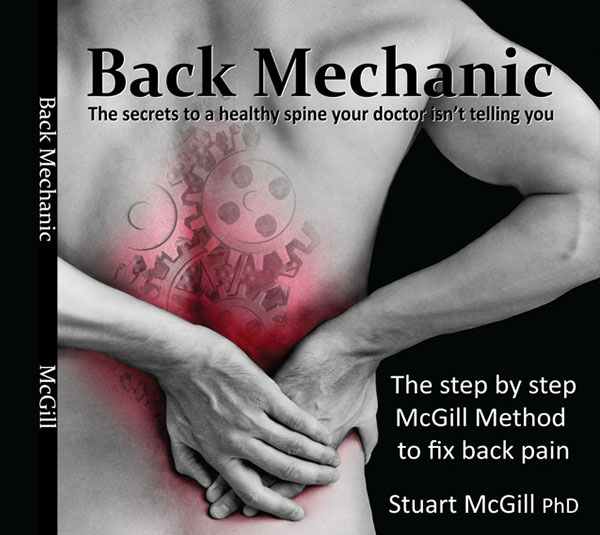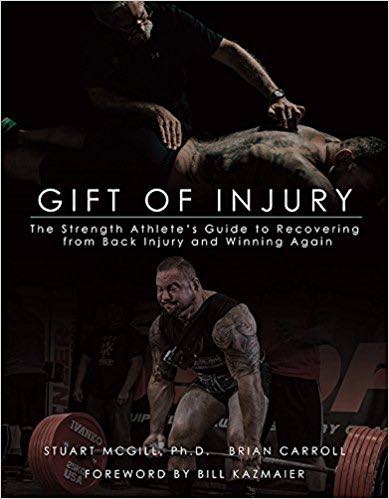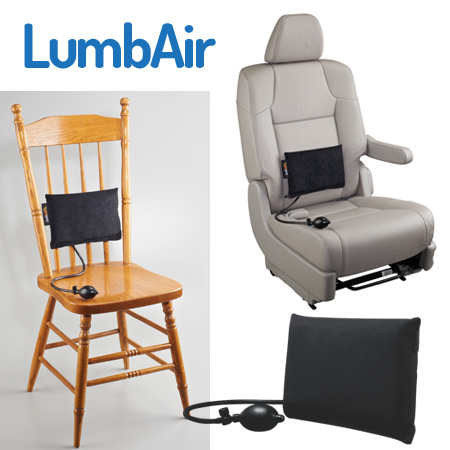27 Aug Mastering the McGill Big Three: Progressions, Variations, and Common Pitfalls
Article Rundown
- The McGill Big Three must be tailored to the individual.
- Start with regressions and build capacity gradually.
- Form, dosage, and progression matter more than the exercise itself.
- Poor execution or copying advanced variations can cause setbacks.
Mastering the McGill Big Three
The McGill Big Three—bird dog, side plank, and modified curl-up—are cornerstone exercises for core stability and back resilience. But one thing I emphasize with all my clients is this: the right variation, the right timing, and the right dose are everything. These aren’t “cookie-cutter” movements. How you perform them, when you perform them, and which version you choose can make the difference between moving forward in your rehab or flaring yourself up.
Why Variations Matter
Not everyone can hit the floor and knock out a bird dog or side plank right away. Some lifters have shoulder issues, some can’t tolerate kneeling on the ground, and others simply don’t have the capacity yet. In these cases, forcing the traditional version can actually set you back.
For example, someone who can’t get down onto the floor might benefit from a standing bird dog against the back of a chair. Similarly, many people are not ready for a rolling dynamic side plank. Instead, they should start with a reduced version, such as a kneeling side-bridge, and build their tolerance over time.
The same principle applies to all three of the McGill Big Three. If you’re still in pain, start with regressions. That might mean wall planks, wall side planks, or even just cat-camel mobilizations followed by short walks. Only when your pain winds down and your capacity grows should you begin progressing toward the full versions.
Avoiding the “Copycat” Trap
A common mistake I see is athletes watching one of my videos, seeing me or a client doing an advanced variation, and immediately throwing it into their own program. Six weeks later, they’re flared up and wondering why.
The truth is, what’s appropriate for one person can be way too much for another. Factors like spine tolerance, current pain levels, and stage of rehab all matter. Just because I can handle stir-the-pot or back extension holds doesn’t mean they’re right for you right now. Timing, dosage, and progression matter just as much as the movement itself.
The Importance of Technique
The Big Three might look simple, but they are not easy to master. Take the curl-up, for example. Many people over-flex the neck or lumbar spine, turning it into a mini-crunch instead of a core stability drill. Done this way, the exercise can actually make symptoms worse.
The goal isn’t to crank your head off the floor—it’s to engage the abdominals with minimal movement. Push the core out laterally, brace, and breathe behind the shield. The same goes for the bird dog and side plank: subtle mistakes in form can undo the benefits, or worse, provoke more pain.
And don’t forget—how you get on and off the floor matters too. I’ve seen people undo all the “good dollars” they just put into their back bank account by plopping themselves down or twisting awkwardly on the way up. The movement begins and ends with proper spine-sparing mechanics.
Progression: The Least Effective Dose
The smartest way to approach the McGill Big Three is to start with the least effective dose. Maybe that’s a bird dog on the back of a chair, or a kneeling side plank. From there, you can add sets, reps, and eventually work up to rolling planks, stir-the-pot, or back extension holds—if your spine can tolerate it.
But never forget: the Big Three are tools, not magic bullets. They need to be matched to your current ability, pain tolerance, and long-term goals. Done correctly, they can help build a core of iron. Done incorrectly, they can delay or even reverse your progress.
A Resource That Walks You Through It
If you want step-by-step instruction from the man himself, I can’t recommend Dr. Stuart McGill’s Video-Enhanced Back Mechanic enough. For $44.95, you get not only the book but also companion videos where Dr. McGill personally demonstrates the Big Three, the assessment, and respite positions. Even if you already own Back Mechanic, this enhanced version will help the material land in a whole new way.
Final Takeaway
The McGill Big Three are simple, but not easy. Their effectiveness lies in the details—the right form, the right variation, and the right dose. Start small, master the basics, and progress intelligently. And above all, don’t copy what you see online without knowing if your back is ready for it. Done right, these exercises will pay dividends for your long-term spine health and performance.











Sorry, the comment form is closed at this time.